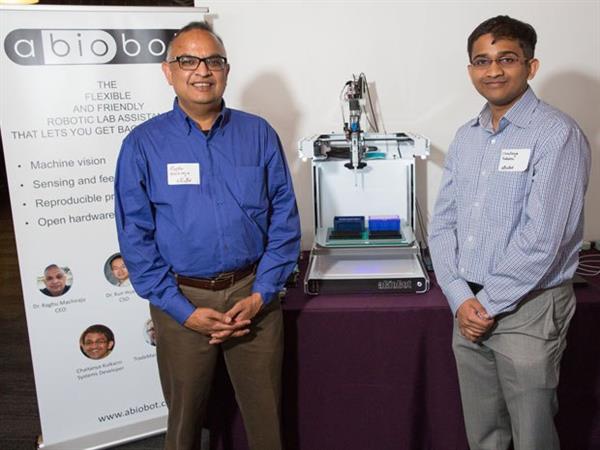
If life were like a movie, police stakeouts would only last a few minutes,
According to San
Though considered a standard procedure in wet labs, it has significant shortcomings: «[Pipetting is] slow, boring, and causes repetitive strain injuries," explains aBioBot. Moreover, it is often bad at delivering reproducible results that scale. «Pipetting wastes precious bio lab talent and time.»
The answer? To intelligently automate pipetting procedures, freeing up scientists to focus on, well, science, using a modified 3D printer and open source software.
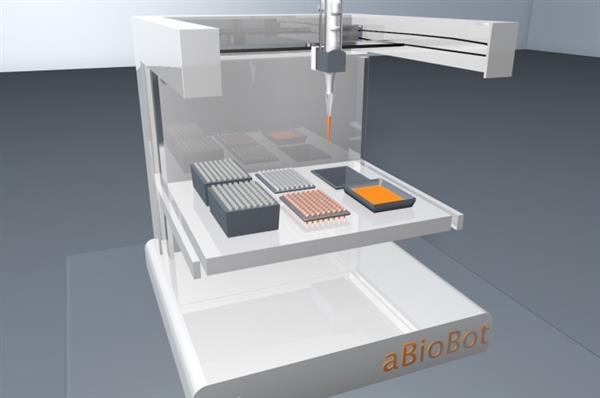
«We are building a flexible and friendly robotic lab assistant to help scientists be scientists," explained Dr. Raghu Machiraju, founder, CEO and primary software architect at aBioBot.
Machiraju is a Professor at the Ohio State University in the department of Computer Science and Engineering. He is also involved in the field of bioinformatics and cancer research, meaning has no doubt spent countless hours in a wet laboratory, frustrated at the inaccuracy of a pipetting experiment gone wrong.
The idea behind aBioBot comes from his
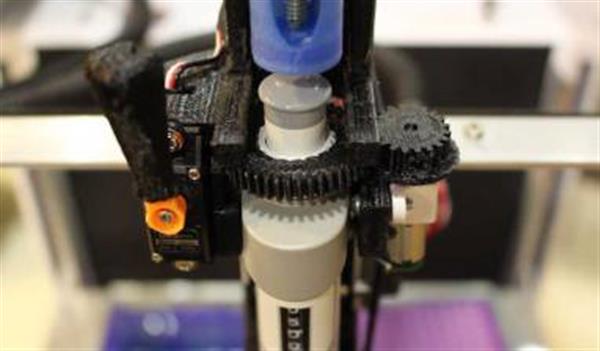
Using a series of custom adapters, the Bot allows scientists to use standard lab equipment, including common pipettes and well plates, while taking over the manual process. As aBioBot points out, Robots are great at doing boring things, like washing dishes and
While aBioBot is not the first company attempting to automate lab processes, what makes their machine unique is its sensing capabilities. Unlike other liquid handling robots, which could accidently drop a pipette yet to work unknowingly, aBioBot can ‘see’ and react thanks to Yan, it’s machine vision eyes.
«Yan is machine vision that watches over the experiment for you," explains the company. Advanced sensors learn the layout of the bench’s objects, including wells, and can detect if something has been dropped or is being obstructed. Not only does this make the work more efficient, but also safer and less
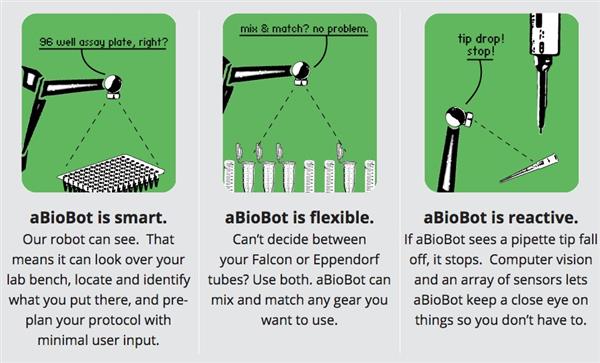
Another unique feature of aBioBot’s solution is called LabBench, which is a web browser interface that makes the entire pipetting process even easier. LabBench facilitates protocol authoring, monitors progress, and automatically records all records onto the LabCloud.
So far, the aBioBot has managed to port its APIs onto three different 3D
While we’re not at the level of being able to 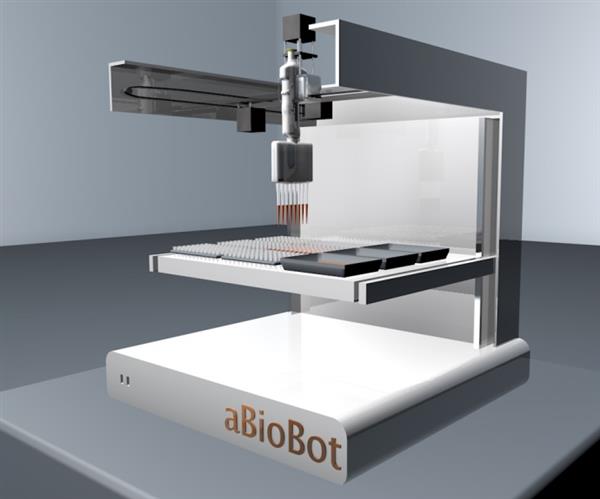
Currently, the company is working with early adopters to potentially develop protein assays for automation and improve on the
Source: http://www.3ders.org//articles/20160501-3d-printer-helps-create-abiobot-an-open-source-pipetting-rob...


